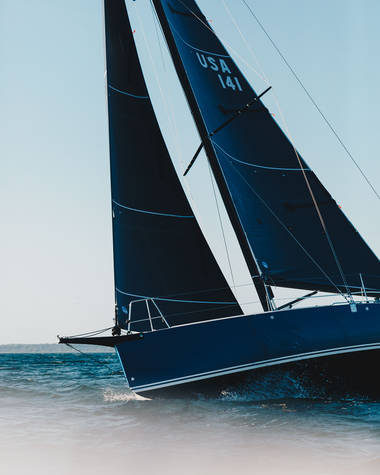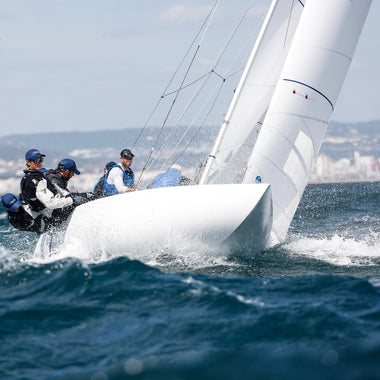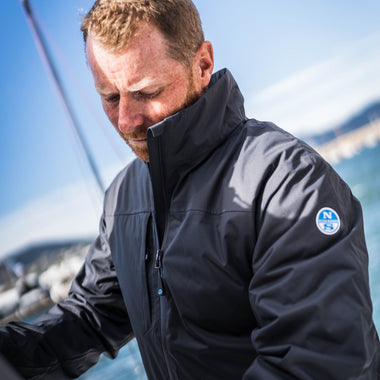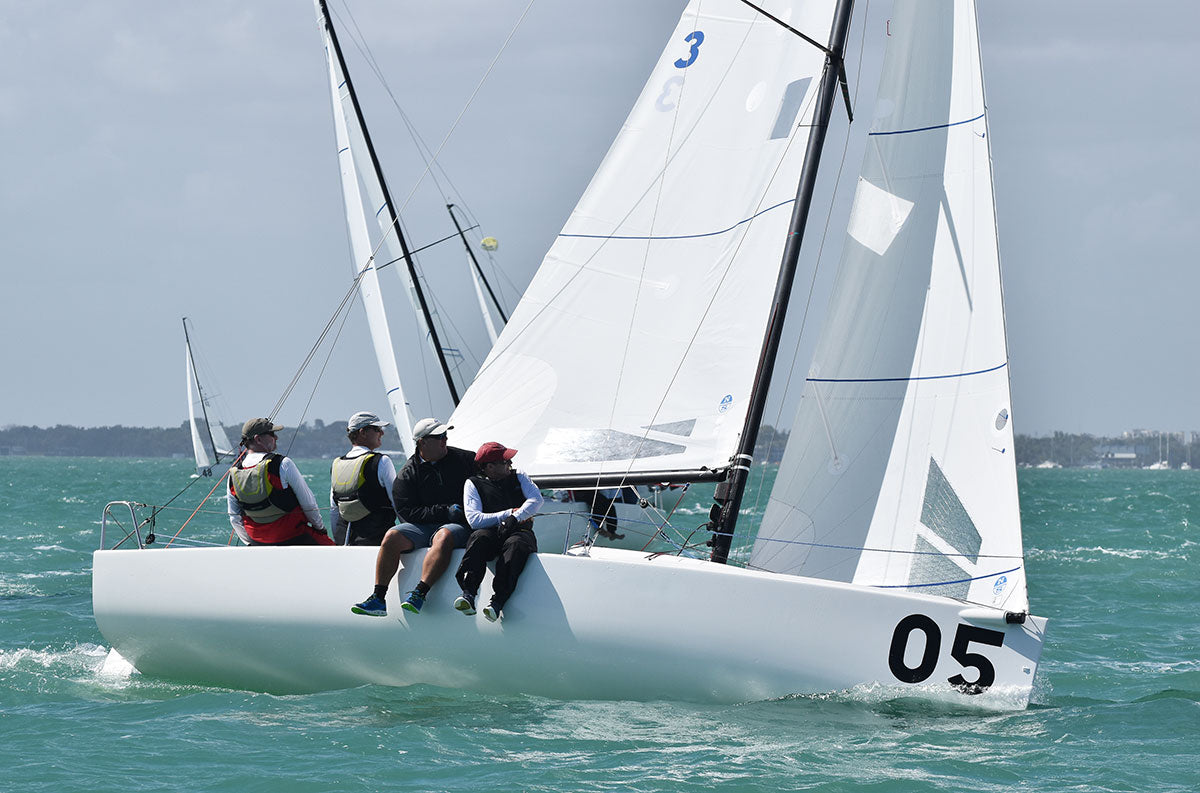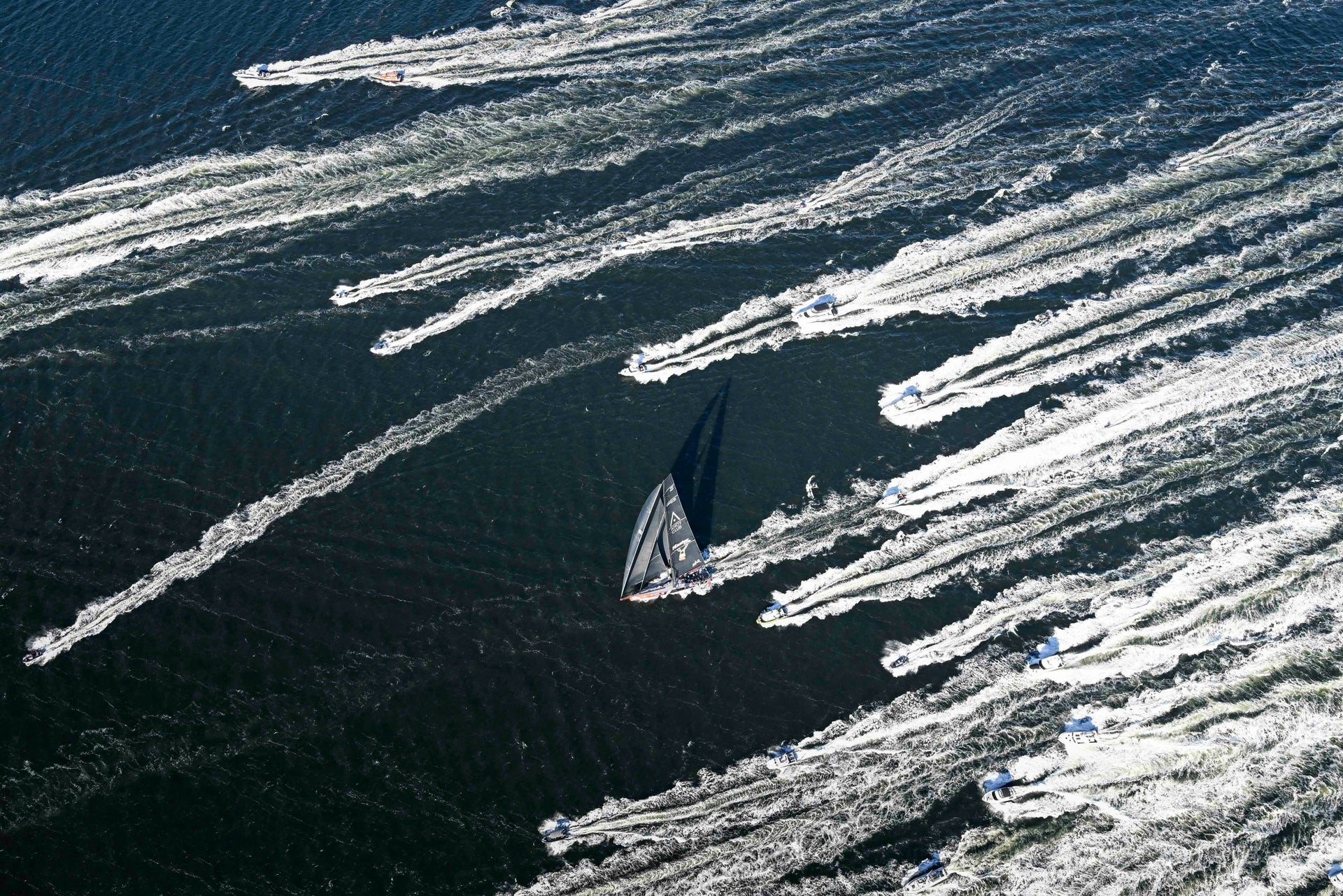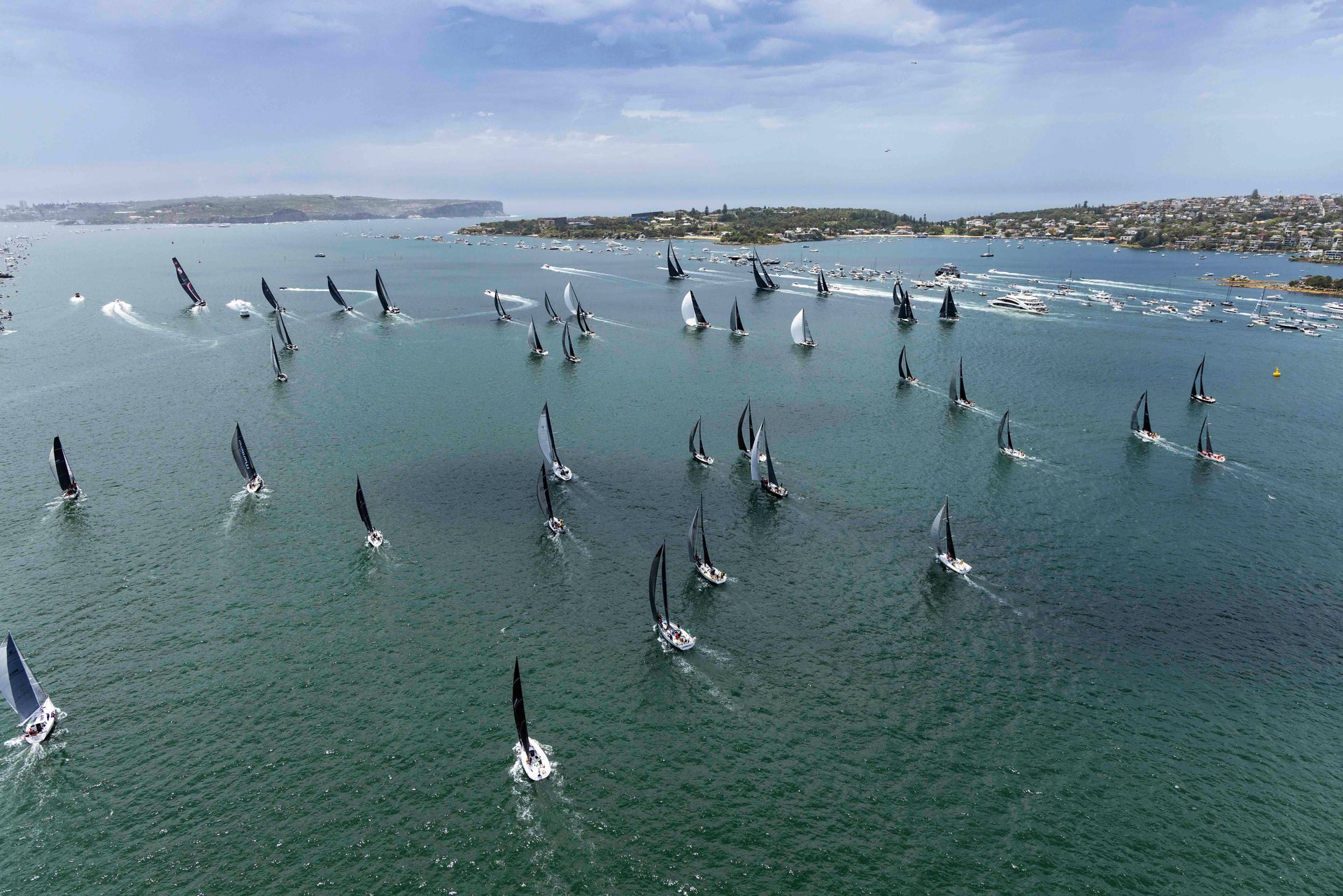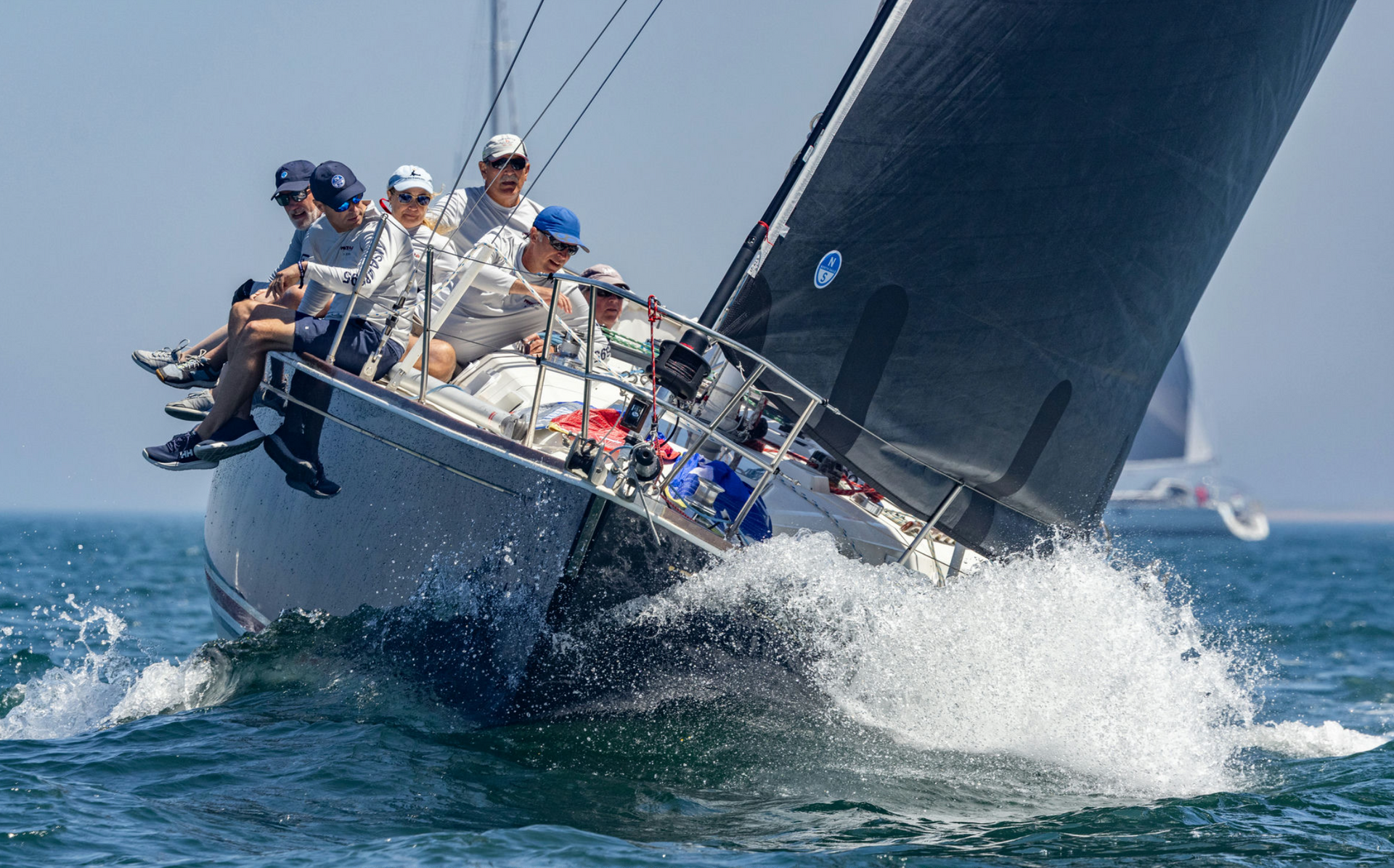NORTH POWERS 1,2 AT THE J/70 MIDWINTERS
NORTH POWERS 1,2 AT THE J/70 MIDWINTERS
Following up on wins at the Davis Island Winter Series and North Americans, North customers win again – Jack Franco (Open Division) and Jenn & Ray Wulff (Corinthian Division)

The J/70 has become one of the most competitive classes in one-design racing and North clients have consistently taken the top spot on the podium. In fact, North products have powered the winners of all three events at the US Winter Series and the North Americans, proving again that North has the fastest J/70 sails available. Jack Franco’s 3 Ball JT did it again last weekend in Miami, sailing to success in a 61-boat fleet with consistent single-digit race results in a variety of conditions. We caught up with North Sails’ Allan Terhune who sailed on the 3 Ball JT to learn what worked for them:
There were a few things we worked on diligently on the 3 Ball JT both during practice and also during the actual regatta to make sure it was a success.
Practice
We worked hard on two things during practice.
- Have the maneuvers down. It is imperative to be able to turn the corners cleanly.
- Do as many line ups as possible to have confidence in the settings – rig tune and sail trim. We have marks on everything to make sure the “fast” settings are repeatable.
- Make practice pointed and concise. Its very easy to over practice leading up the event and end up being tired. Having a detailed plan and goals went a long way to getting the desired results from the sessions.
Great Starts are Key
We had great starts throughout the Midwinters, other than our BFD which happened on a general recall. The goal for is to identify a general area on the line where you want to be and then focus on finding space. It’s a team effort:
- Bow guy calls time
- Jib trimmer talks distance and speed control
- Mainsail/Tactician calls on speed and positioning
- Driver focus on the execution of the acceleration when it is time to go.
Sail Trim
Mainsail – Make sure the mainsail is trimmed in a way to help keeping the boat flat. De-power or power-up to keep the boat from heeling back and forth. This is crucial for good steering.
Jib – It is important to trim the North J-6 jib with the correct ratio of in-haul to leeward sheet. We sailed with the halyard a tad looser than normal so the jib was a little fuller to get us through the chop. When we needed to ease for power, we eased the leeward sheet not the in-haul. The only time the in-haul was eased was when the main started to luff. The J-6 proved to be a real weapon in the Biscayne bay chop.
See also: How to Trim Your J-6 for Max Speed
Steering
This is the hardest part of the boatspeed wheel and Jack did a great job for us. The groove is quite fine and it’s very easy to be too high, which is easy to identify as the luff of the jib will go soft and the inside tell tale is up. But the critical error is to be TOO LOW. The boat heels and doesn’t go any faster and you lose a lot of height if you get too low. This is common in chop. If the leeward tell tale is ticking hard, you are generally too low.
Remember it’s a team game.
We would not have had success without the four of us doing our jobs, communicating well and always working at it. There was never a down moment on the boat (Ok thats not true, the BFD penalty was a bummer) but we work hard on being positive and not letting any other team out work us. Keeping it light, communicating the important points and thinking the situations through will lead to great results.
| 2018 J/70 Midwinters | ||
| Open | ||
| 1, 2, 4*, 5, 8, 9*, 10, 11, 12, 14, 15, 16 – Congratulations Jack Franco! | ||
| Corinthian Division | ||
| 1, 4, 5, 6 – Congratulations Jenn & Ray Wulff! | ||
| * Denotes Partial North Sails Inventory | ||





